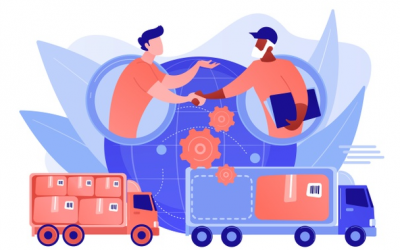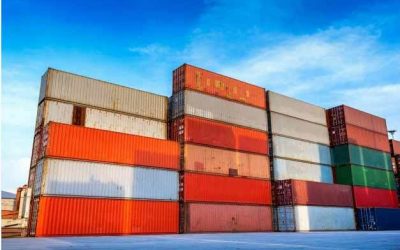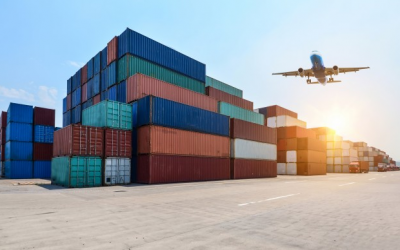There is no debate in saying that supply chain management today is a lot more tedious than it used to be. The reason is pretty obvious, modern supply chains have grown from simple and linear connections between buyers are suppliers to sophisticated interconnected networks that sprawl over continents, organizations, and functions.
Today, supply chain management requires a thorough understanding of several crucial elements that include procurement, product development, logistics, distribution, and customer service. Managing and optimizing these critical elements of the supply chain require skills, expertise, and state-of-the-art infrastructure.
Nonetheless, effective supply chain management offers numerous benefits that can significantly impact the bottom line. Studies reveal that business with efficient supply chain not only experience higher efficiency rates but also enjoy better average revenues compared to other businesses in their industry. Meanwhile, mishandling even a single supply chain link can cost businesses money and customer satisfaction. For a business that lacks SCM expertise, outsourcing its supply chains can be a wise move.
At BlinkGlobal, we help companies with SCM. In this article, we are listing some important benefits of outsourcing your supply chains.
Focus on Other Business Aspects:
Supply chain management is a complex riddle and companies often get lost wasting their precious hours and resources that could have been utilized for other important aspects such as marketing, customer support, PR, and innovating your products and services. If supply chain management is an area where your company struggles to excel at, better let the experts handle that front so you can focus more on your strengths and capitalize them properly.
Reduced Operational Cost
Establishing a strong, efficient, and reliable supply chain department not only requires a lot of expertise but also requires substantial investment. This often puts startups and low revenue companies in difficult situations where they have to compromise on other important areas such as marketing, or packaging, etc. Since third-party supply chain partner in a well-established supply chain management infrastructure, you can use their technology, expertise, and skill to optimize transportation, reduce material costs, inventory management.
Prepare for the Future
Leading supply chain outsourcing companies invest their time and money to help their clients prepare for the future. These experts analyze the data and provide you valuable insights that will help you optimize your supply and procurement for future needs. With right information at hand, you will not only be able to ensure quality but also avoid troubles caused by overproduction and underproduction.
Supply Chain Risk Mitigation:
The supply chain can never be 100% secure and are always prone to risks. 3rd parties run mock tests to identify areas of your supply chains that have high-risk vulnerability. Moreover, they estimate the financial and reputational impact of possible disruptions and develop mitigation contingency plans that will help you reduce the impact of any disruptive event.
About BlinkGlobal
Your Global Sourcing Partner. With our deep understanding of global sourcing, we supply B2B industrial and consumer products with centralized procurement and high delivery precision.









